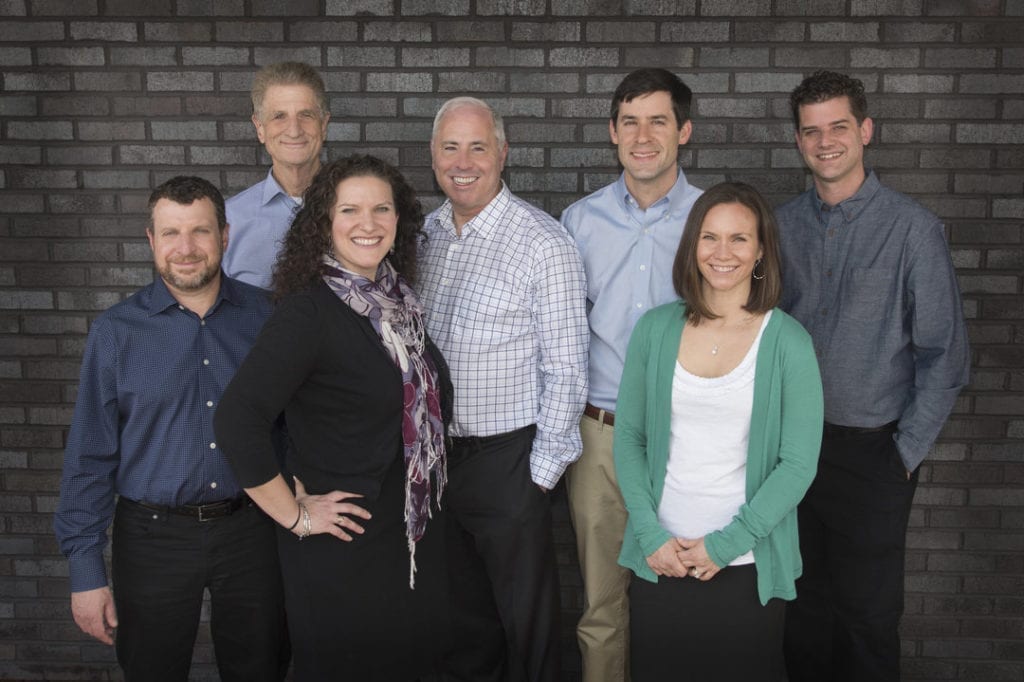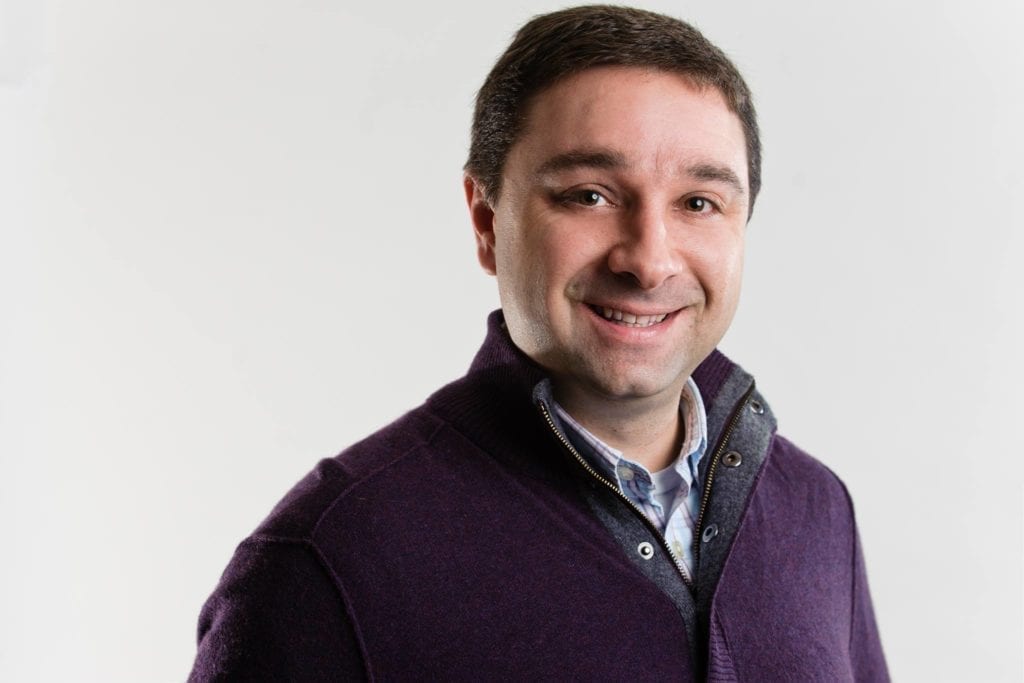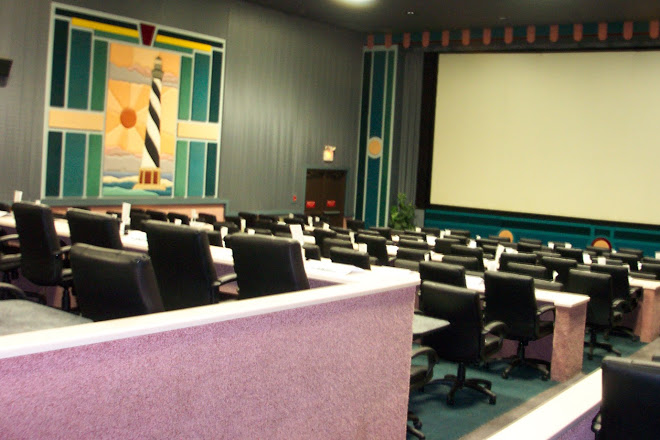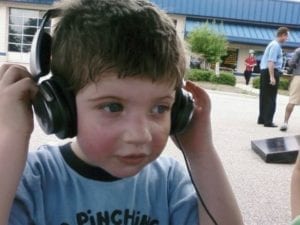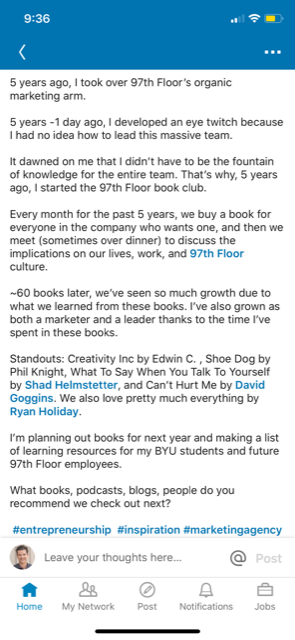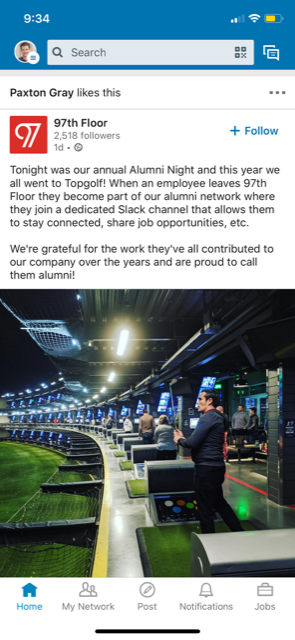 As the world has turned upside down for the foreseeable future, the team at Coleman Insights has been engaged in conversations with our clients about how to navigate the new landscape. We recognize the ability of radio stations and other audio-based media to shine in moments of crisis, and there are already numerous examples of this occurring. On the other hand, we also recognize the lack of an “adversity road map.” There is no playbook that dictates how each brand should respond. Should you continue to deliver your format without any significant modifications? Is this a moment to break format completely and provide relevant crisis information instead? These are difficult strategic decisions. The specific choices are also hard.
As the world has turned upside down for the foreseeable future, the team at Coleman Insights has been engaged in conversations with our clients about how to navigate the new landscape. We recognize the ability of radio stations and other audio-based media to shine in moments of crisis, and there are already numerous examples of this occurring. On the other hand, we also recognize the lack of an “adversity road map.” There is no playbook that dictates how each brand should respond. Should you continue to deliver your format without any significant modifications? Is this a moment to break format completely and provide relevant crisis information instead? These are difficult strategic decisions. The specific choices are also hard.
Our consultant team has been having ongoing internal discussions about strategies for the audio entertainment industry. The result is the following special Thursday edition of Tuesdays With Coleman, a compilation of thoughts and ideas our team would like to share with you, with the understanding that there is no single solution for everyone.
- Recognize unusual times call for unusual measures.
Everyone has something to contribute during a global emergency. Regardless of what your brand regularly delivers, your listeners are affected by the COVID-19 outbreak and your response should reflect this. Your brand has a voice and a platform to be heard when listeners need it the most. Known, trusted personalities should play a major role and leverage the intimate connections they have with their listeners.
- Consider the role of your brand in COVID-19 coverage.
Understand the need your brand fulfills.
News brands have a responsibility to provide comprehensive, relevant coverage. These brands might consider whether there are opportunities to go outside the typical format. For example, does more long-form programming or an increased number of updates make sense? These decisions should be determined by the role of the brand–in this case, being a provider of constant, reliable and trustworthy information during the crisis.
Listeners may be visiting your music station to get away from news coverage, but that doesn’t mean they don’t want to stay connected. Does it make sense to employ a “We’re following the news so you don’t have to” approach? This allows talent to play a reassuring role; listeners can count on enjoying content on a music station without feeling like the world will pass by if they aren’t watching CNN or Fox News at that moment.
A full-service Adult Contemporary station may play a more personality-forward role of providing news and information. On the other hand, if your brand primarily provides comfort and escape, like a Soft Adult Contemporary radio station, constant news updates may be a harrowing intrusion and contrary to your brand. In fact, brands built on comfort and escape should lean in to that image, as it is particularly valuable when the real world is more chaotic.
- Recognize that listening patterns are likely in significant flux.
If many people aren’t going to work or school, typical in-car commute listening levels no longer apply. What about everyone who is temporarily working from home? Or businesses that have been forced to close, like bars and restaurants? Will radio listening increase or decrease?
With that in mind, consider the impact on how people may be consuming your station, podcast or streaming service and the programming options you may have.
With entire families now at home throughout the day, what about specialty programming geared to them during traditional at work hours? Should you do this on your main platform or would offering this through podcasts, separate streaming channels, etc. make more sense?
Aggressively promote all your listening platforms, keeping in mind that smart speaker listening is heavier at home than in the workplace and a surge of at home listening may be taking place.
- Provide increased authentic and actionable listener engagement.
Listeners will find comfort in others going through the same issues. You may find yourself broadcasting from your home, which may be out of your comfort zone. Rather than trying to project a sense of business as usual, embrace the change! If the dog barks, the child screams or the husband sighs in the background, that’s real life. It’s exactly what your listener is going through. Let sharing be the mantra–you could, for example, have listeners upload pictures of their home offices to your social pages and share yours.
Find experts to feature on your shows. You don’t have to have all the COVID-19 answers yourself, and some of the best content is being generated by personalities across multiple formats interviewing those on the front lines of the crisis.
Consider taking more listener phone calls. Allow them to share feelings and information that may be valuable to other listeners.
Think about brand-appropriate actionable advice you can offer listeners that is applicable to the current environment (i.e., how to work at home while the kids are in online school, the best binge-able series on Netflix or which delivery services have waived their fees).
Modify your tone. Be empathetic to the new needs of an uncertain audience.
- Rally your community.
In times of crisis, “Community” surges to a higher level of importance on the Image PyramidSM. As they would with aggressively promoting a Base Music or Talk position, brands should be going over the top with their community efforts. Build real community bulletins (here’s what is open, new hours for grocery stores, new restrictions, etc.). Be the voice of the community, invite listeners to participate and share as appropriate. Listeners will tell people where they can buy toilet paper (well, maybe they’ll share that information), who delivers groceries and how to find free learning resources for kids. Post the information on your website.
Don’t just think of your community as your market. Your community is your audience. A Hip Hop station and Classic Rock station will not rally the same communities, but each has the power to inspire, engage and activate their respective followers.
If you make a concerted effort now to think about what you can really do for your community and your audience, your efforts will create a halo over your brand when things settle down.
Consider reading two Tuesdays With Coleman posts in which we covered the important role of radio in a crisis:
Here’s to Local Radio and Waffle House
The Power of Radio in Tough Times
All of us at Coleman Insights welcome your input and would love to hear your thoughts on how audio brands can best serve our communities during this challenging time.
We’re all in this together.
Warren, Jon, Jessica, Sam, John, Meghan & Jay
